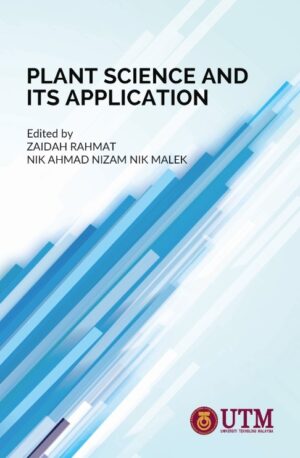Description
The book begins with an introduction to microwave pyrolysis and review of recent works and literature published globally. Among the benefits, are energy saving, short processing time and cost. The discussion on the topic leads to the introduction of the conventional biomass pyrolysis and different modes of heat transfer as well as their characteristics. It then frequency and its component definitions such as wavelength, power density, dielectric properties, permittivity, loss tangent and penetration depth. It looks into the microwave pyrolysis of solid and liquid, effect of power, temperature and absorber techniques. The book also discusses the latest methods of pyrolysis conversion processing performed by the microwave assisted. To enable the use of sustainable fuels in diesel engines, gas turbines and industrial spray combustion, the use of microwave pyrolysis conversion process could be applied. The book closes the overall advantage of the microwave pyrolysis technique. This book can help engineering students who are working in the area of microwave processing of waste materials. The book particularly emphasizes the basic principles behind microwave pyrolysis and how new technology can be used to solve engineering problems of waste





